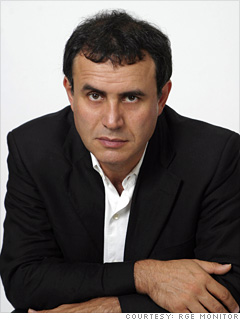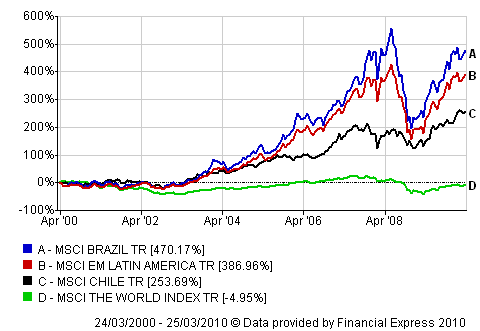10 Signs of Speculative Mania in China
If China melts down ….
It’s the country with the world’s largest foreign exchange reserves, built out of a gigantic and
dynamic export machine. Yet, in recent weeks, it’s being called …
‘US-China trade war can shake up markets’
From the interview:
“You’re quite bearish about the prospects of advanced economies in the second half of this year…
Yes, in my view, the growth is going to look better in the US and also in the advanced economies in the first half because of a number of temporary factors. The fiscal stimulus, restocking of inventories, base effects in the US, the government temporarily hiring a million workers to do essentials — something they do every 10 years — a series of tax policies that sold the man the future like the cash for clunkers on cars and tax credit for house buyers and so on. Those are all effects that are going to fizzle out by the second half of the year. And I see the weakness of the US household sector keeping the consumption growth weak over time, given that income growth is anaemic and wealth income is low compared to the past. And that implies, private demand is not going to recover fast enough when the policy effects phase out. Then you could have growth falling back towards 1.5-2%. That is well below a potential 3%. ”


